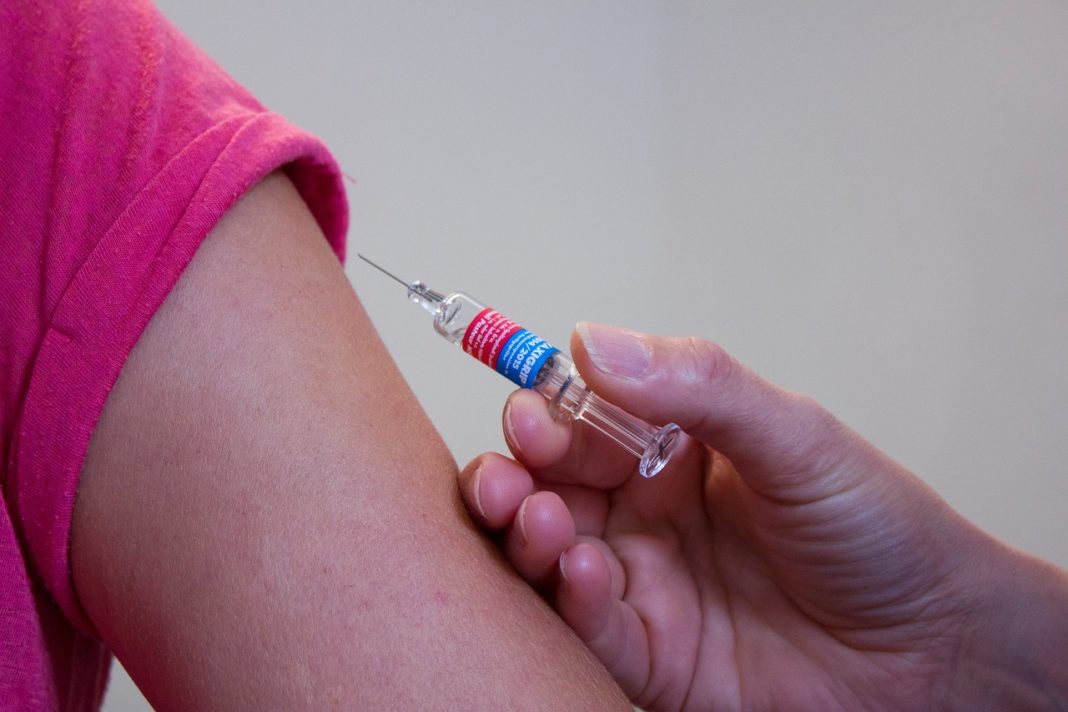The Public Health Commission, in which all the autonomous communities and the Ministry of Health are represented, will address the updating of the criteria for the next vaccination campaign against flu and Covid-19 today, Tuesday.
Last Wednesday the Minister of Health, José Miñones, and the director of the Spanish Agency for Medicines and Health Products (AEMPS), María Jesús Lamas, discussed this vaccination campaign for the 2023-2024 season in a meeting. It will be launched this autumn.
At the moment, autonomous communities such as Cantabria, the Valencian Community, Galicia and Madrid have announced that they are finalising their arrangements. This autumn the autonomous communities will begin vaccinating children between 6 and 59 months against the flu, according to the new current vaccination schedule, and may include the immunisation of babies up to 6 months against the respiratory syncytial virus (RSV) that causes bronchiolitis and pneumonia.
Since the 2021-2022 season, flu vaccination has coincided with vaccination against COVID-19. Predictably, the organisation will be the same and the vaccination campaign will begin in the month of October, according to a document approved by the Public Health Commission on July 12, 2023, which recognises that the date may be adapted depending on the availability of vaccines.
Likewise, as in previous years, the possibility of prioritising vaccination in nursing homes and other centres providing care for the disabled and the population aged 80 and over opens. “Due to the strategic importance played by health and social health personnel, their vaccination may also be prioritised,” stated the document prepared by the Vaccination Program and Registry Presentation.
The report with the ‘Vaccination recommendations against flu and COVID-19 in the 2023-2024 season in Spain’, published almost two months ago, and carried out taking into account the epidemiological situation of COVID-19 at that time, recommends vaccination against Covid-19 in the autumn-winter season (2023-2024) to the target population groups, and excludes the child and adult population that is not part of the target population.
However, depending on the evolution of the epidemiological situation, the new scientific evidence published and the available vaccines, the recommendations could vary, according to the report.
Last year, due to the synergistic effect observed between the influenza virus and SARSCoV-2 – multiplying by two the risk of death in case of co-infection – a special emphasis was placed on increasing vaccination coverage against the disease, especially in health and social health personnel, older people, those over 65 years of age, and people of any age with risk conditions.
The objective of this campaign is to protect the people most vulnerable to influenza, reducing its incidence in the target groups as much as possible and helping to reduce the impact on healthcare pressure.





